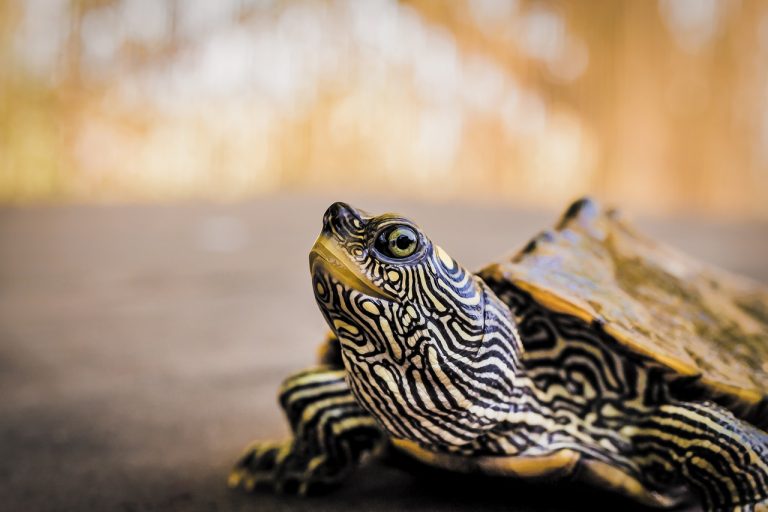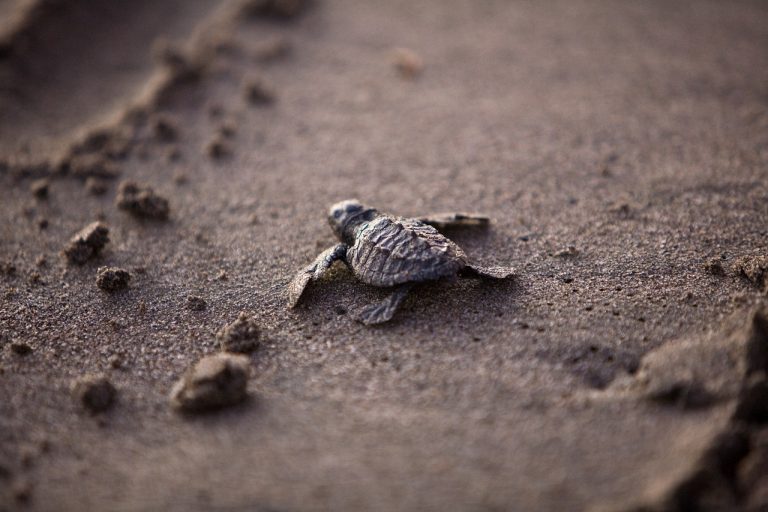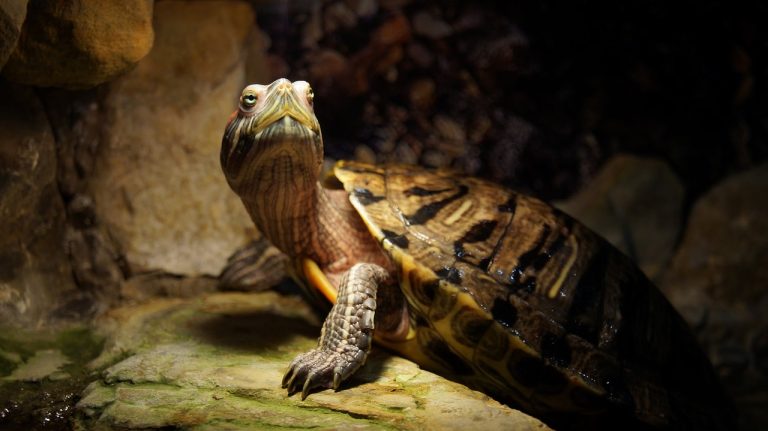Are Turtle Eggs Soft?
There are indeed numerous myths surrounding turtle eggs, but let’s focus on clearing up some common misconceptions and providing a clear image of what turtle eggs actually look like.
Turtle eggs come in two main varieties: soft and hard, which vary depending on the species. Sea turtles, for instance, lay soft and pliable eggs. Initially, all turtle eggs have a rubbery texture. However, as they mature, they develop a hard outer shell for protection. In terms of appearance, turtle eggs can range in color from white to creamy and come in either perfectly round or elongated shapes.
I have shared more facts in the article below.
Key Takeways
Here are the key takeaways about turtle eggs:
- Sea turtle eggs have a soft and rubbery texture, differing from the hard-shelled eggs of other turtle species.
- Turtle eggs may bear some resemblance to snake eggs in terms of texture and appearance.
- Regardless of the turtle species, turtle eggs are typically small in size.

Do Turtle Eggs Feel Soft?
The texture of turtle eggshells varies depending on the species, making it difficult to provide a straightforward answer. Some turtle species lay soft eggs, while others deposit hard-shelled eggs.
For example, sea turtles are known for laying soft eggs, while most freshwater turtles lay hard-shelled eggs. However, immediately after being laid, all turtle eggs feel spongy and leathery, resembling squashy balls.
As time passes, the soft and rubbery shell begins to harden, transitioning to a stage where white patches appear on the shell, making it stronger. Eventually, the eggs become stiff but brittle.
Turtle eggshells are primarily composed of calcium carbonate. If the mother turtle lacks calcium, the eggs will also be deficient in calcium, resulting in underdeveloped eggshells, yolks, and embryos. Conversely, gravid turtles with sufficient calcium levels lay eggs with robust shells.
Typically, the hardness of the eggshells determines their permeability. The stiffer the eggs, the less permeable they are, leading to reduced water exchange. This characteristic helps prevent the egg clutch from drying out.
Turtle Eggs Look Like Ping-Pong Balls
Did you know that snake eggs have a rubbery, leathery texture? Now, considering that turtle eggs can also be spongy, how can we tell them apart? Luckily, there’s a simple trick: just look at them.
Turtle eggs typically have a white or creamy color, while snake eggs tend to be more off-white.
But what if you’re not great with colors? No worries! Take a look at the shape instead. Unlike oval-shaped chicken eggs, turtle eggs can be perfectly round like ping-pong balls or slightly oblong.
Sure, snakes also lay oblong eggs, but they’re usually larger. Turtle eggs, on the other hand, are always under 1 inch long, while snake eggs exceed this size limit.

![21 DIY Turtle Tank Ideas For Happy Turtles [Budget-Friendly]](https://spreadhapiness.com/wp-content/uploads/2024/03/turtle-tank-3-768x576.jpg)



